Tabaimo was born in 1975, as Ayako Tabata. She Grew up in Hyogo, Japan as the middle child between two other sisters. Her father was a salaryman, which is a Japanese term for a “white-collared man” who shows a great amount of loyalty for the corporation he works for. Her mother, Shion Tabata was a notable ceramicist. Due to Ayako’s love of wordplay, she decided to combine her last name with the Japanese word for “little sister”, imooto; this created her new name, Tabaimo. She graduated from the Kyoto University of Art and Design, for her senior project she did an installation piece, Japanese Kitchen, which would become the first of many. Her methods of animating consist of creating line drawings of her imagery, then she colors it digitally and moves the images around in order to create her animations.
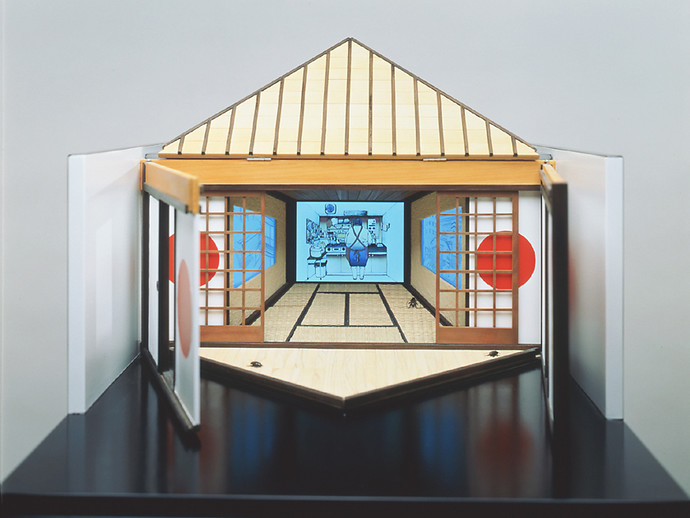
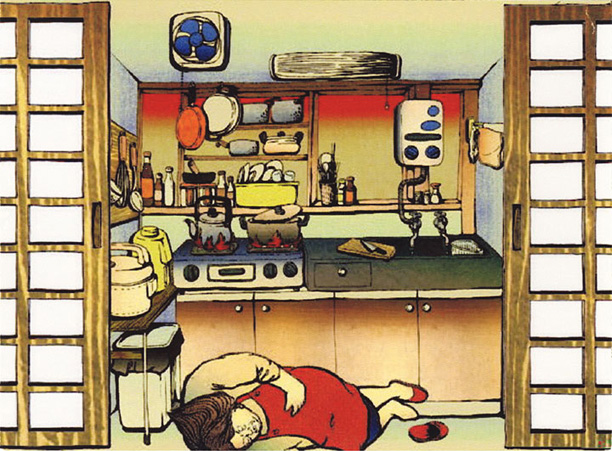
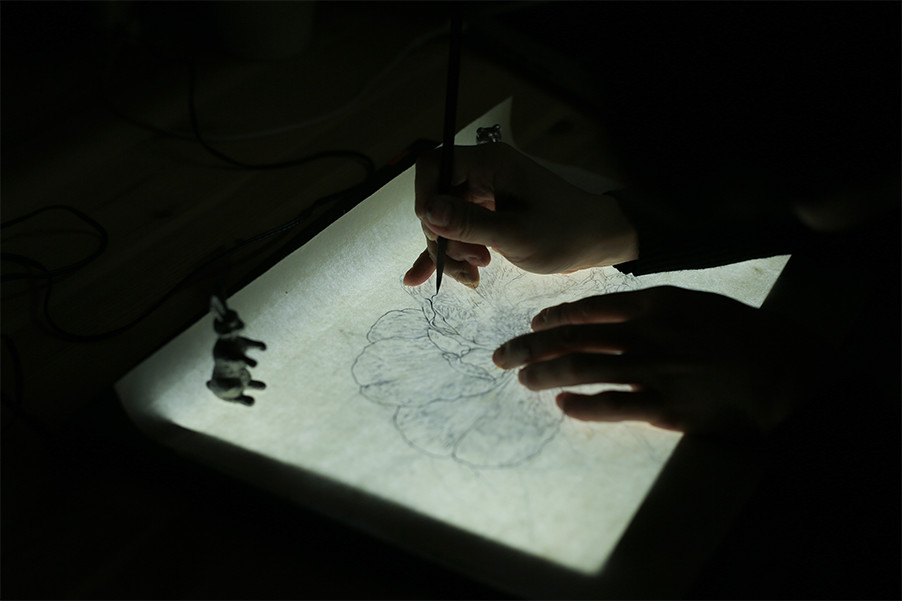
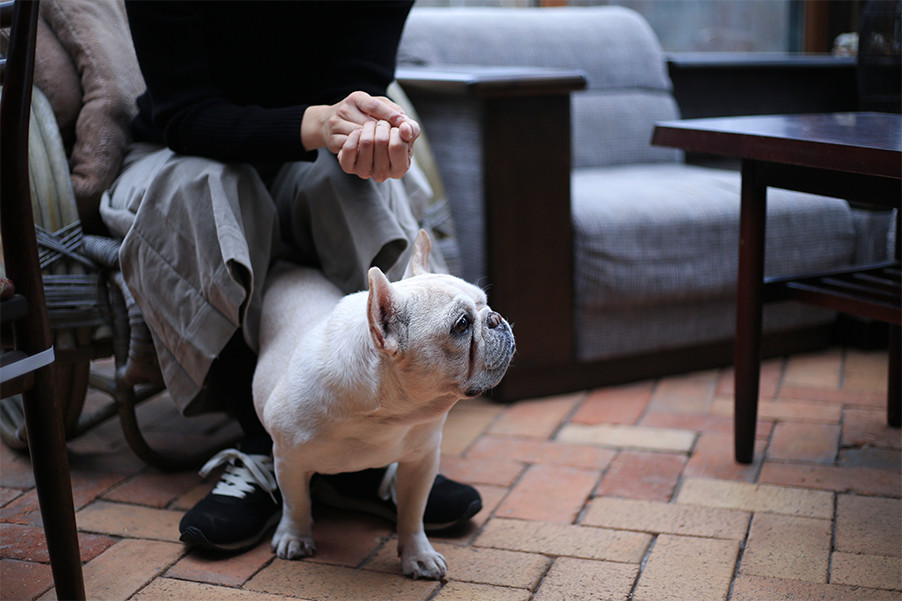
“My generation seems to stand on unstable ground, and this is shown in my work in many different ways.”
Tabaimo “Boundaries” Art21
Her first show was in Kirin Plaza (2000), and she did two other large showings at the Yokohama Trienniale (2001) and the Sao Paulo Bienniale (2002). Despite these accomplishments, she was still considering a career in design and spent a year in London working as a graphic designer. She went back to creating installments. Her work is styled off Japanese manga, but she also heavily was inspired by ukiyo-e woodblock prints.
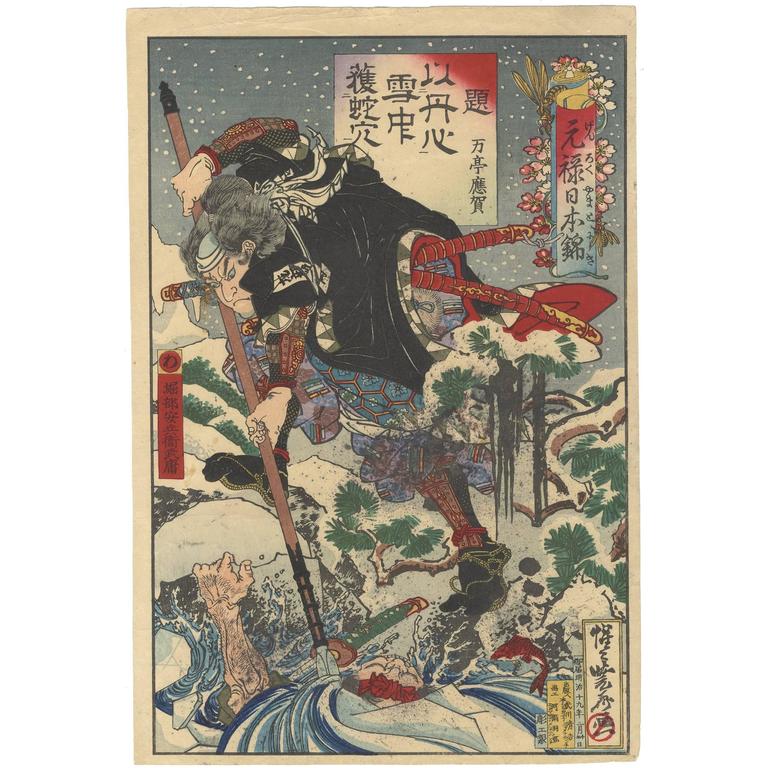
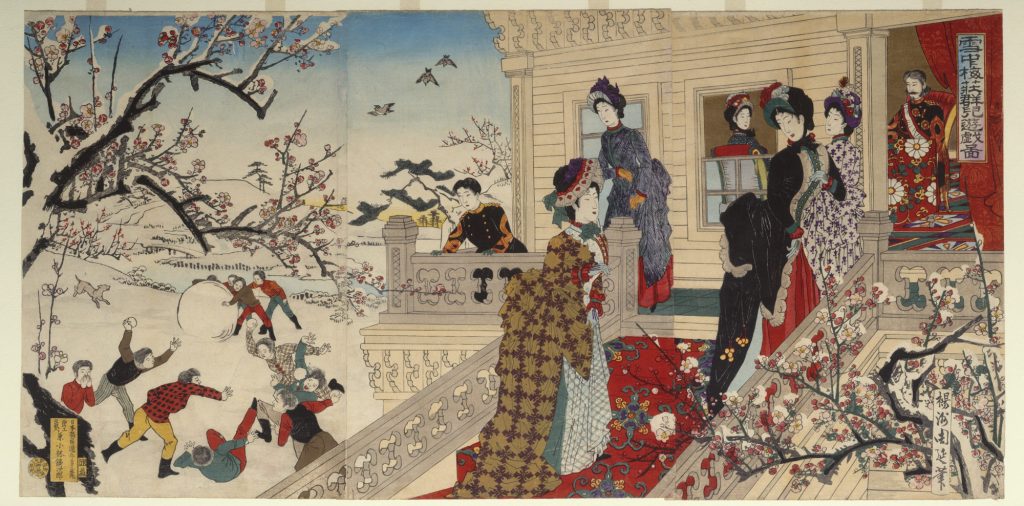
Tabaimo would go on to create a series of animated art shows. In 2011, Tabaimo represented Japan in the 54th International Art Exhibition, La Biennale di Venezia with her work, Teleco-Soup. She strived to create a fully immersive environment showcasing a visual commentary on Japanese culture and society. She explained that she wanted to use a venue that allowed rain to come inside through the ceiling in order to make the building itself one with nature (Tabaimo, Artist21). Using this venue she projected her work on every inch of the inside in order to create the illusion of another world for her viewers. The same reasoning was the same when she coined the title of the show, Teleco-soup which is the idea of an “inverted” soup or the contradiction of the water and sky, or self and world.
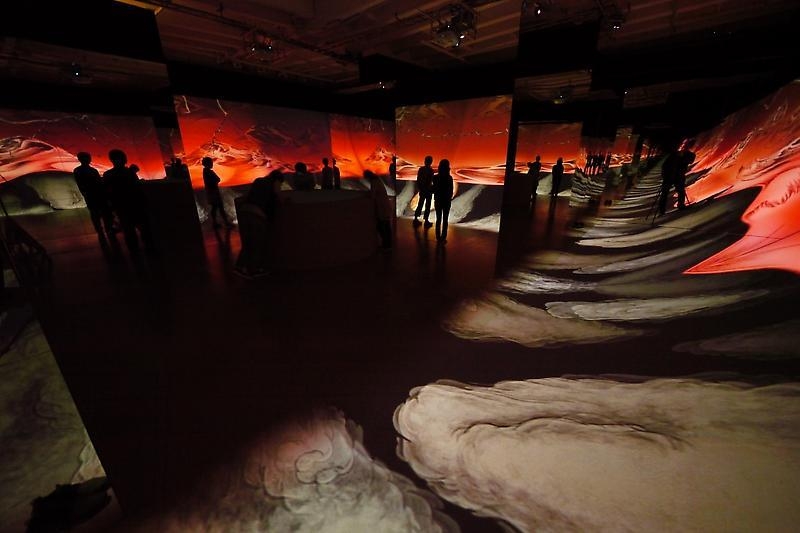
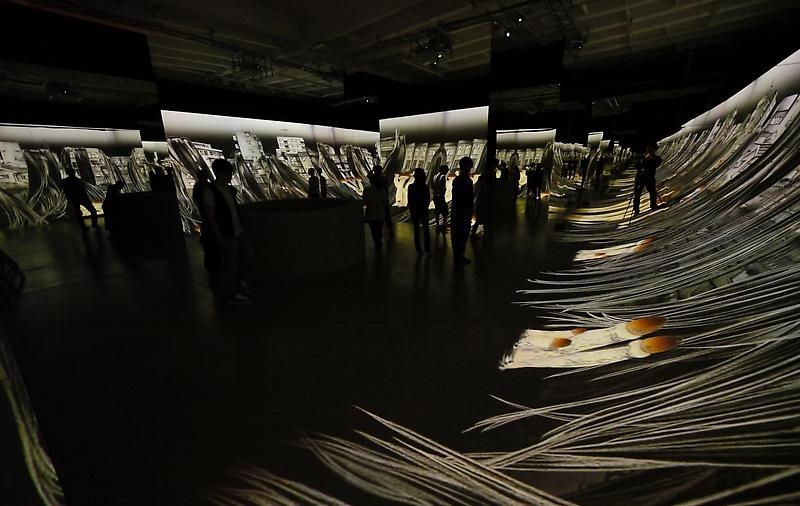
“A lurking, gnawing sense of dread, a fear that all is not well with the world persists throughout Tabaimo’s work. Be it a cook using human ingredients, a turtle being flushed down a toilet or nerves running between the floors of a dollhouse, the imagery that makes up the artist’s animated videos is at once nightmarish and alluring,”
Ashley Williams in ArtAsiaPacific
“In my work, I take 50% of the responsibility, the rest is up to the viewer, then the work is complete.”
Tabaimo “Boundaries” Art21
Her work is known to showcase Japanese culture and societal issues. Tabaimo also creates work that captures personal experiences in her life. One of her animated videos shown at the exhibit “Boundaries” shows a woman pulling a baby out her nose, and leaving it on a tortoise which crawls into the toilet and swims away. This story is about the time a very close friend of hers had a baby and immediately put it up for adoption. The toilet represents water which Tabaimo expresses symbolizes going into another world. Another video from the show captures the feeling of atopic dermatitis in her hands; she says the sensation feels like bugs crawling in her skin, and she wanted to portray that for the viewer.
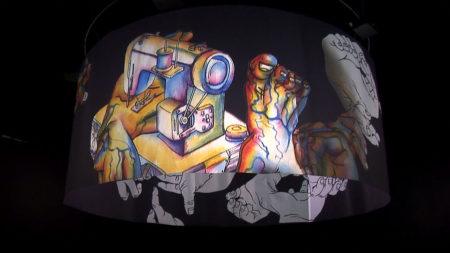
An example of a work of her that shows a social commentary is one of Tabaimo’s videos set in a bathroom, which she says parallels the internet. This is because of how a bathroom is such a public place until one goes into a stall, then it becomes extremely private. That is how it represents the internet.
What Tabaimo is up to today is unknown, but hopefully she is creating more art.
Citations:
https://art21.org/watch/art-in-the-twenty-first-century/s6/tabaimo-in-boundaries-segment/